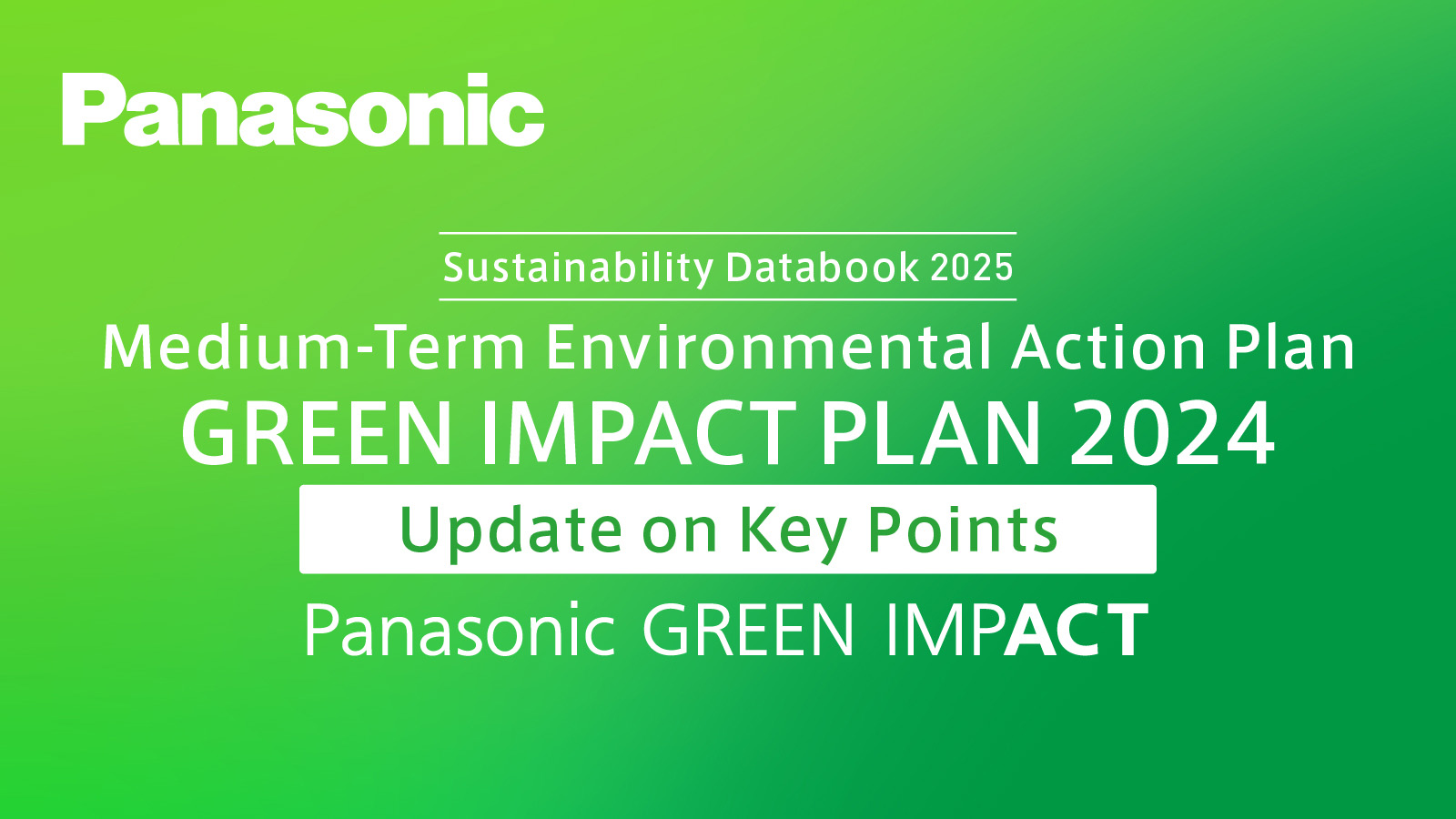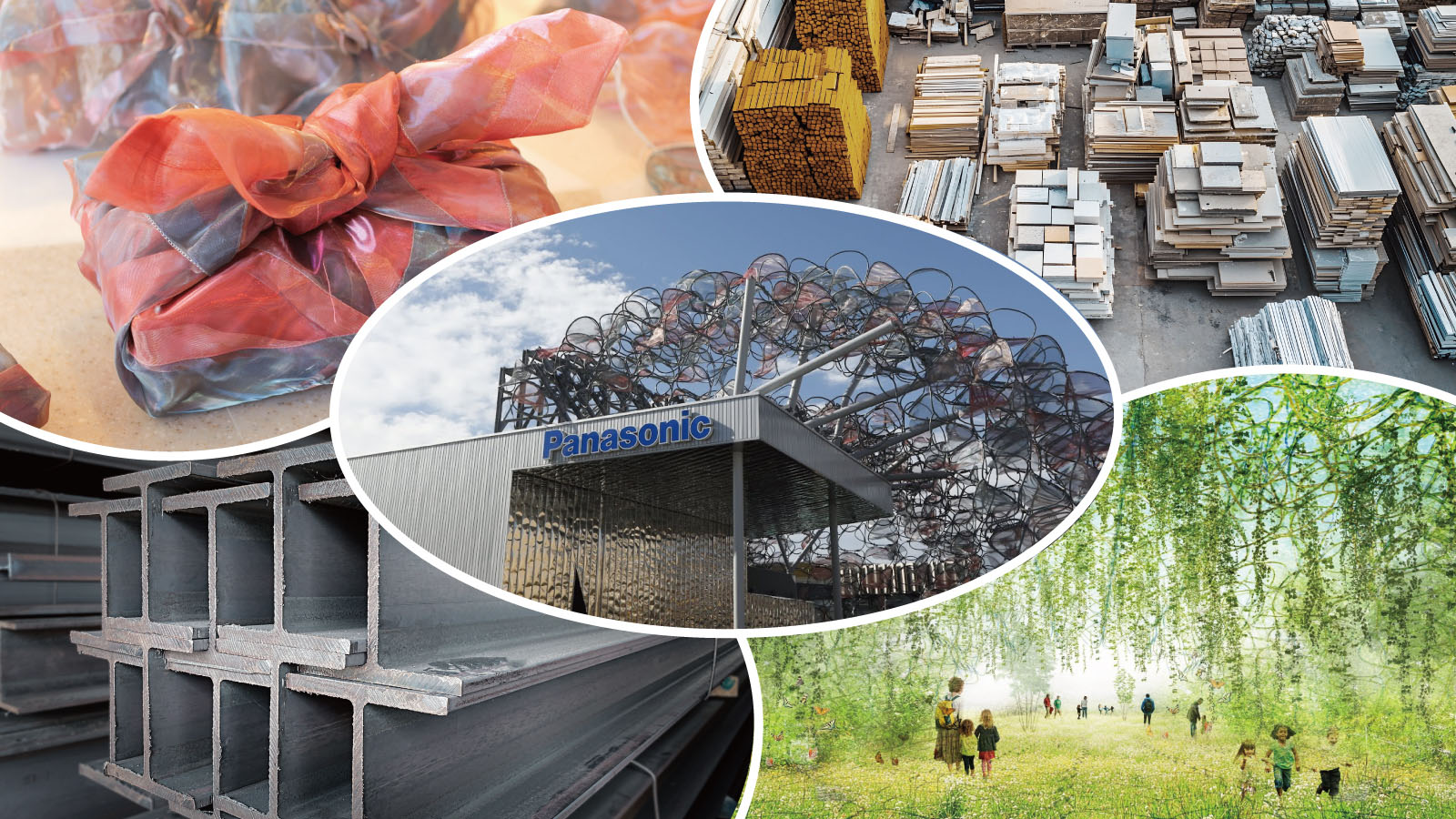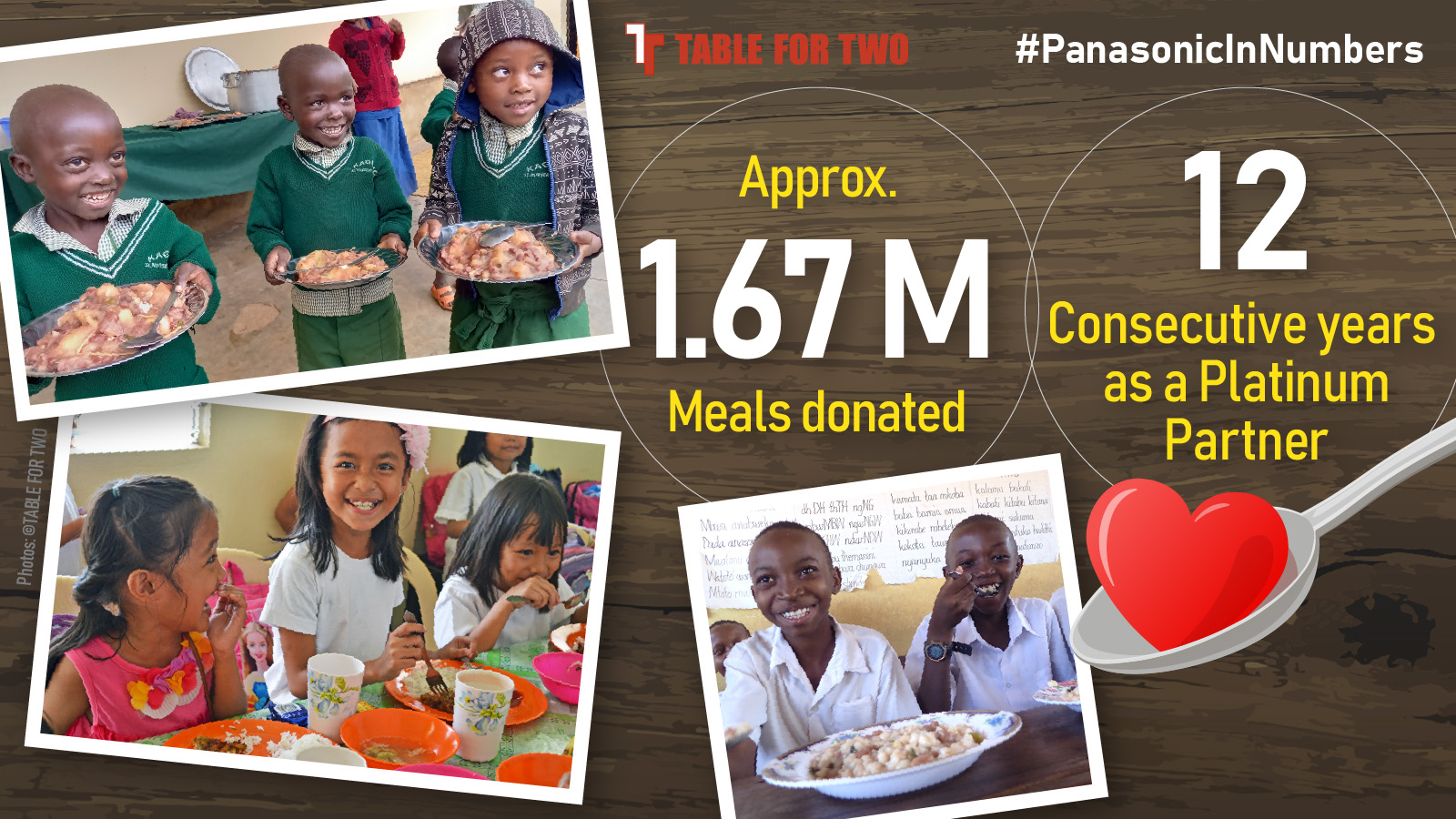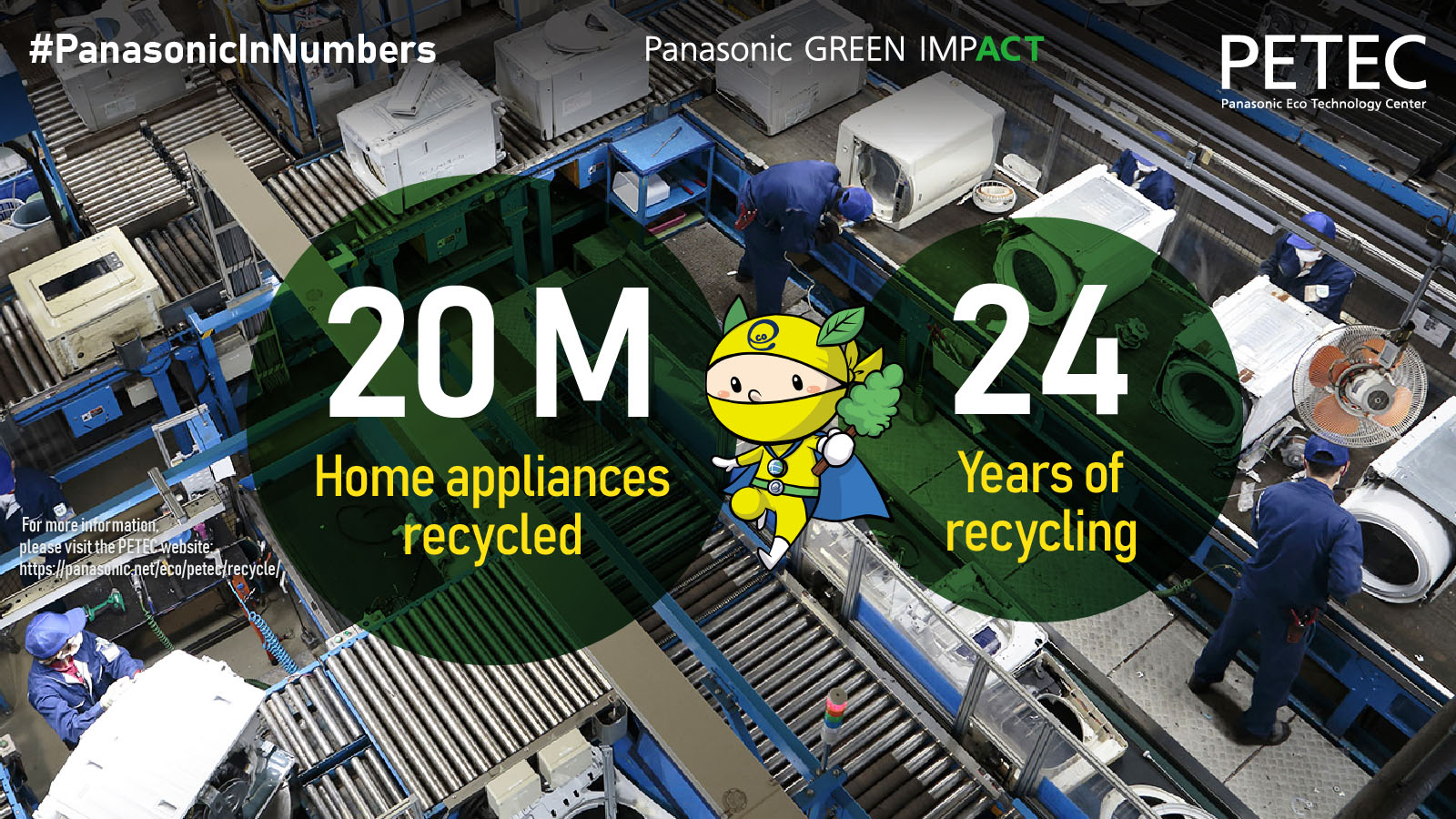Business activity is estimated to account for more than 80 percent of Japan’s total annual CO2 emissions. To achieve the Japanese government’s national goal of net-zero by 2050, companies are being called upon to strengthen their ongoing efforts to reduce CO2 emissions.
Since 2020, when the drive toward carbon neutrality gained momentum, committing to carbon neutrality has become an obligation for every business. It is now common practice for companies to incorporate decarbonization and sustainability into their guiding principles. Meanwhile, the rising cost of energy, triggered by global unrest, has led society as a whole to seek green transformation (GX) business models that are less dependent on fossil fuels.
In response to these trends, the Panasonic Group formulated its long-term environmental vision Panasonic GREEN IMPACT (PGI) in January 2022. Through PGI, the Group seeks to achieve net-zero CO2 emissions (Scope 1 and 2) at all operating companies by 2030, and aims to have reduced the impact by more than 300 million tons—or approximately one percent of total global CO2 emissions—by 2050.
What exactly are the strategies and initiatives that the Group is taking? This article is based on a presentation by Kaoru Manabe, Sustainability Strategy Lead, Strategic Headquarters, Panasonic Corporation, who answered this question on the first day of the Nikkei BP online seminar, “What Is Decarbonized Management for Surviving the Energy Crisis?” held October 18–19, 2023.















